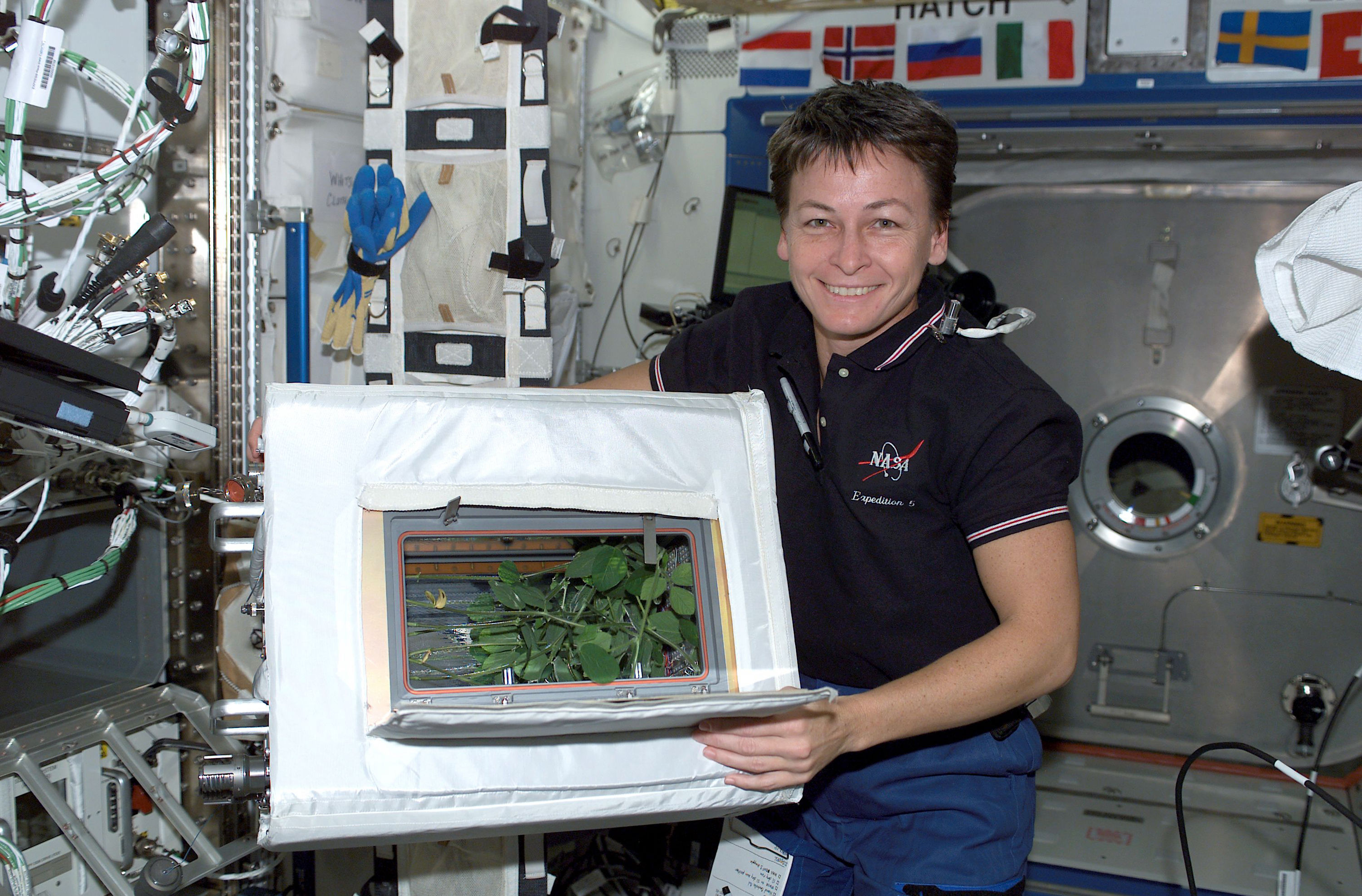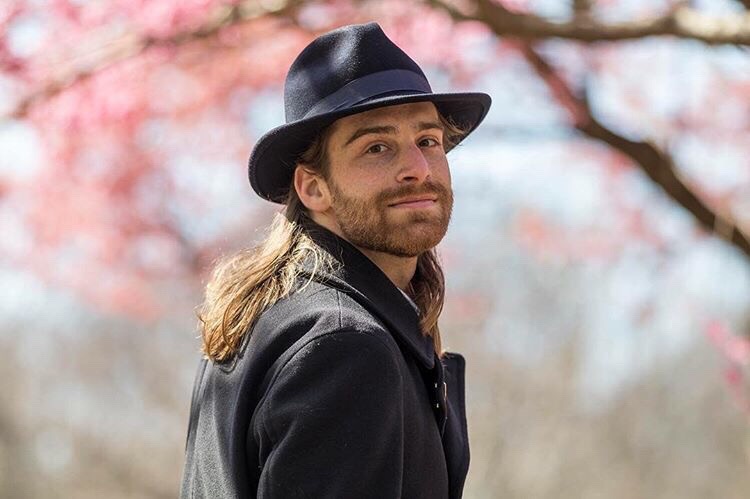Space Gardening May Treat Astronauts' Blues

Many people step into their home gardens for a bit of DIY therapy. A new study suggests that astronauts could also reap the psychological benefits of gardening.
In short, space missions are stressful. In addition to suffering the physical effects of living in microgravity, astronauts spend long periods of time in close quarters to one another and isolated from the rest of the world. The weightless environment turns common activities — like eating, sleeping and using the restroom — into perpetual challenges. Meanwhile, extended periods of inactivity can lead to flat-out boredom. These factors will be even more pronounced for astronauts on extended missions beyond low Earth orbit, where the International Space Station is located.
Unfortunately, astronauts can't simply step out for a jog and a breath of fresh air. But they might be able to take advantage of a personal planter box. [A Garden Grows in Space: First Zinnias Bloom, to Astronaut's Delight]
Numerous studies and reviews have borne out the psychological benefits of gardening. Master's student Raymond Odeh and horticulture professor Charles Guy at the University of Florida, Gainesville, reviewed the literature of plant-human interactions and concluded that gardening could bring astronauts the same peace of mind on long space missions that it does back on Earth.
Their study, published Oct. 2, 2017, in Open Agriculture, supports the hypothesis that humans have an innate affinity for other life-forms. Odeh and Guy wrote that this proposed tendency, called biophilia, may help explain why space travel can be so psychologically taxing. The sterile interior of spacecraft would offer little to satisfy the crew's instinctive desire to be around other life.
The paper quotes an email from astronaut Peggy Whitson, describing her reaction to an agriculture experiment conducted aboard the space station in 2002. "It was surprising to me how great 6 soybean plants looked," she wrote. "From a psychological perspective, I think it's interesting that the reaction was as dramatic as it was."
"Guess if we go to Mars, we need a garden!" she added. Whitson has accumulated 377 days in space to date, according to NASA.
Get the Space.com Newsletter
Breaking space news, the latest updates on rocket launches, skywatching events and more!
Plants will likely accompany crews on long missions, according to Odeh and Guy. A garden would provide astronauts with a renewable source of fresh fruits and vegetables — important components of a healthy diet. The plants would also help purify the air by converting carbon dioxide into oxygen through photosynthesis, just as they do on earth. But the greenery's added psychological benefit could be just as important.
"A review of this topic for space research is long overdue," Raymond Wheeler, a senior scientist at NASA's Kennedy Space Center in Florida, said in a statement announcing the new study. "[It] should provide a strong argument to systems analysts and biomedical researchers to look more closely at the 'other' contributions of plants to exploration of space."
Email Harrison Tasoff at htasoff@space.com or follow him @harrisontasoff. Follow us @Spacedotcom, Facebook and Google+. Original article on Space.com.
Join our Space Forums to keep talking space on the latest missions, night sky and more! And if you have a news tip, correction or comment, let us know at: community@space.com.

Harrison Tasoff is a science journalist originally from Los Angeles. He graduated from NYU’s Science, Health, and Environmental Reporting Program after earning his B.A. in mathematics at Swarthmore College. Harrison covers an array of subjects, but often finds himself drawn to physics, ecology, and earth science stories. In his spare time, he enjoys tidepooling, mineral collecting, and tending native plants.









